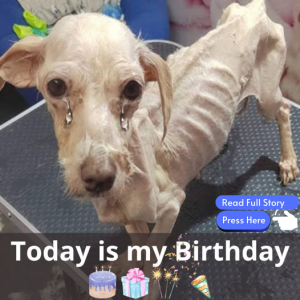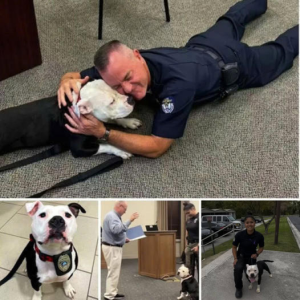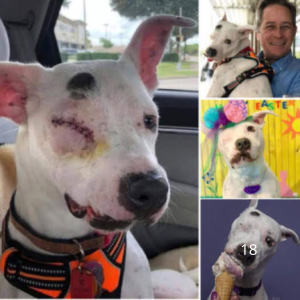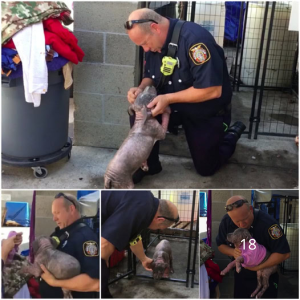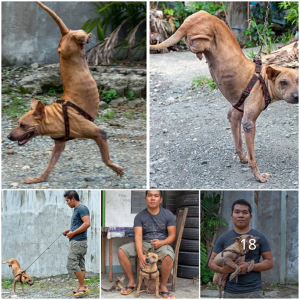Today, we talk not just the remarkable journey of this dog, but also the very day he came into this world. dog’s story began with a challenging start, but it’s his birthday, and we honor his resilience and the love he now receives.
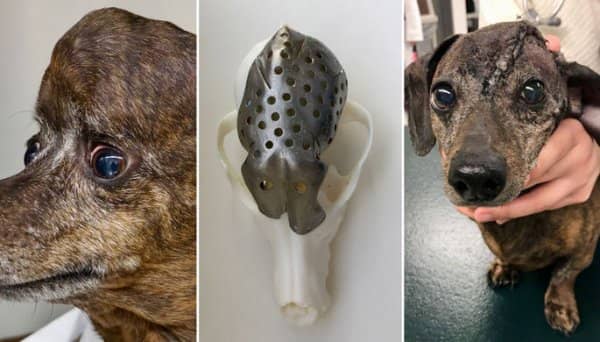
Researchers have used 3D printing technology to create a custom titanium plate for a cancer-stricken dog whose parts of the skull were removed during surgery. The procedure on the dachshund was the first veterinary operation in North America and is a breakthrough in reconstruction surgery. The complicated process was carried out by Dr. Michelle Oblak from Ontario Veterinary College and Cornell small-animal surgeon Dr. Galina Hayes. The team surgically removed a large cancerous tumor from the dog’s skull. After the removal, the dog’s head was left with many gaps. More than 70% of the top skull was restored using the 3D printed implant. Oblak, the assistant co-director of the U of G’s Institute for Comparative Cancer Investigation and board-certified veterinary surgical oncologist at OVC, said, “The technology has grown so quickly, and to be able to offer this incredible, customized, state-of-the-art plate in one of our canine patients was amazing.”

Oblak is currently examining canine animals as a disease model for cancer in humans and working with the University of Guelph’s rapid prototyping of patient-specific implants for dogs working (RaPPID). The team is working to analyze the use of rapid digital prototyping for advanced planning for surgeries and 3D printed implants for reconstruction. The dog, named Patches, was an ideal patient for this reconstruction procedure since the puppy was suffering from multilobular osteochondrosarcoma. The tumor in her head had grown so big that it was pushing towards her brain and eye socket.

Oblak worked with the RaPPID team at OVC to map the location of the tumor and its size. An engineer from Sheridan College’s Center for Advanced Manufacturing Design and Technologies created a 3D model for the skull of the dog.

The doctor then virtually performed the surgery to calculate what will be left of the bone once the growth was removed. Oblak said, “I was able to do the surgery before I even walked into the operating room.” Once the missing parts were mapped, they reached ADEISS, a London based 3D medical printing company who created the implant. This resulted in an ideal customized implant which could fit into place like puzzle pieces. Oblak said, “This is major for tumor reconstruction in many places on the head, limb prosthesis, developmental deformities after fractures and other traumas.”
Approaching the surgery with this technique removes the need to model an implant in the operating room making these procedures safer as well as more effective. Oblak now hopes to see the technology transferred for use in humans. She said, “By performing these procedures in our animal patients, we can provide valuable information that can be used to show the value and safety of these implants for humans. These implants are the next big leap in personalized medicine that allows for every element of an individual’s medical care to be specifically tailored to their particular needs.”
